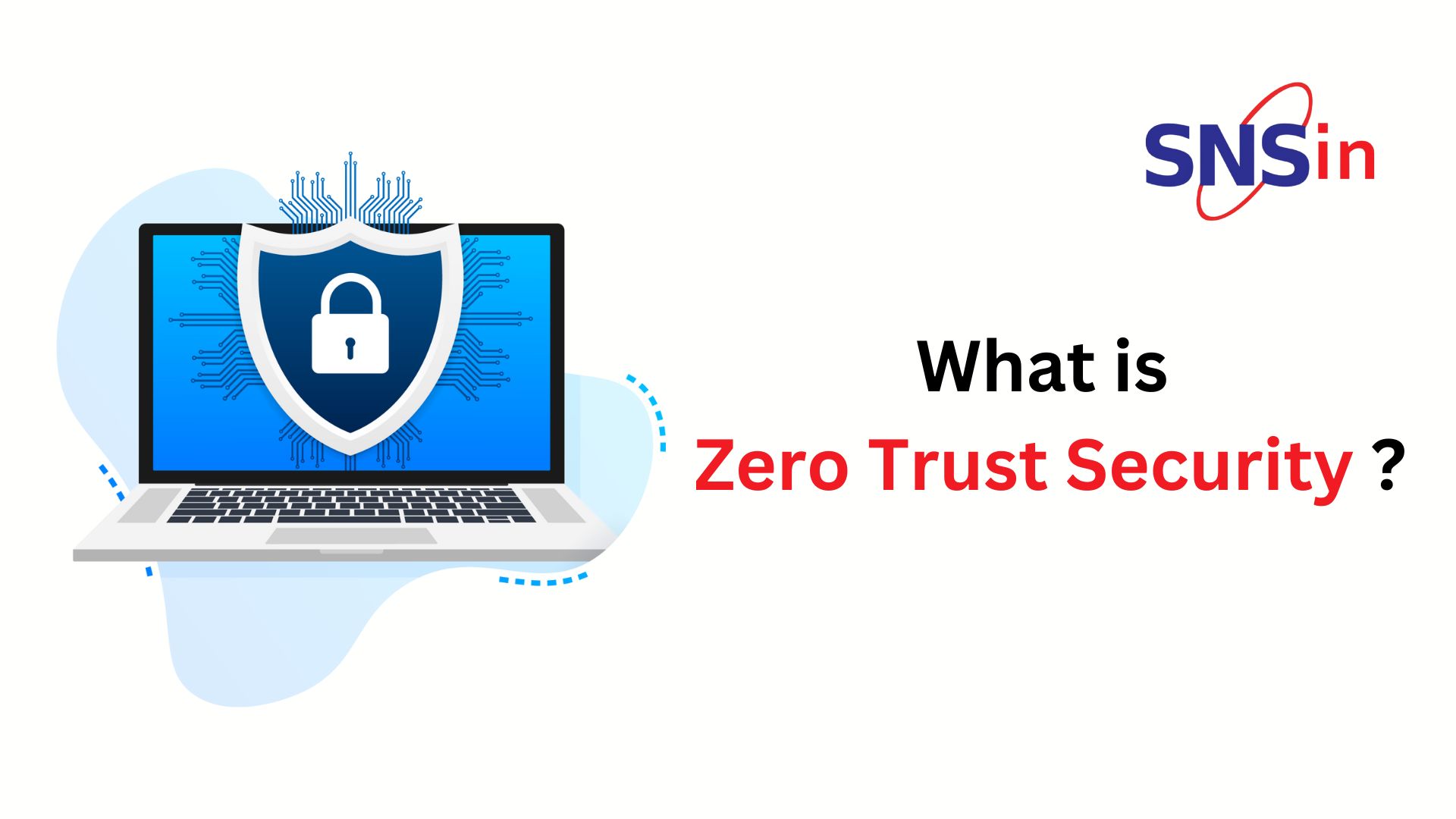scientific technology that creates an environment making one experience surroundings that feel real. With the help of a VR headset, a user can view the environment in a 3D-controlled technique. Virtual reality has proven to be a blessing in numerous fields such as engineering, gaming, media, education, medicine and others. Virtual reality technology utilizes multi-projected environments or a virtual reality headset to produce lifelike sounds, images, and other sensations that simulate a user’s actual presence in that simulated world. A user is practically able to explore the virtual reality environment and is also capable of interacting with virtual objects or structures. Virtual reality integrates video and aural feedback, but with haptic technology, force feedback and other sensations are used. The machine or the VR headset becomes a facilitator for the artificial environment by replicating multiple senses as described above. People in many fields are widely accessing virtual reality, and the decrease in the prices of VR devices has further spurted its use. It has expanded to a broader audience, and people have been able to experience it in their own homes.
Let us look at some of the benefits of this scientific phenomenon.
1. Exploration without physical presence: The experience provided by VR technology makes it possible for the user to explore an environment without actually being present in it. The imaginary becomes and feels more than real, making life entertaining for users. Not everyone may have money to fulfil their desires has made the entrance and acceptance of virtual reality possible. 2. Improvement in different fields: Virtual reality has replaced text-based learning in education. Students can analyse the topic of study by being immersed in a virtual environment, making it easier to imagine what it would be like and what would happen if such an environment existed. A lifelike experience in this manner makes it possible for them to understand science principles conceptually. 3. Training and awareness: People not skilled in a particular field can acquire a deeper insight into that field with the help of virtual reality. For example, engineering and medicine require practical know-how, and the simulation provided by VR technology helps to replicate real-life situations and possible responses from engineers and doctors. 4. Cost-effective: VR technology requires expenditure only at the time of installation and arrangement of the VR headset. After that, per-person usage costs much less and is easily affordable for many people who may desire access but lack the means for it. 5. Increased curiosity: Virtual Reality offers a platform for users to feel and immerse themselves in a situation or environment they may have studied or read about in a textbook. Practical knowledge incites a greater degree of interest than just reading about it. It also breaks the monotony and arouses more responses from the user. Regardless of how helpful virtual reality has been for many valid reasons, there are also some aspects to critique. The advent of new technology tends to feel like a curse more than a boon because of its negative consequences, one of them being the forceful attraction towards the technology behind it. Even without wanting it, people tend to overuse technology to their detriment, and excessive pressure to adopt anything in a normal lifestyle harms people and the economy at large. About SNS Security Network Solutions (SNS) provides a quantifiable, risk-based approach to building a global structure of cybersecurity infrastructure based on internationally recognized frameworks and practices. We have been providing services and catering to clients across industries for the last 22 years. Please write to us at [email protected] or visit us at www.snsin.com.Swathi
AuthorWorking IT professional and a Cyber Security enthusiast. Passionate to write about Cyber Security topics and Solutions. I share my insights as I study articles and trending topics in the field of Cyber Security.
![]()




